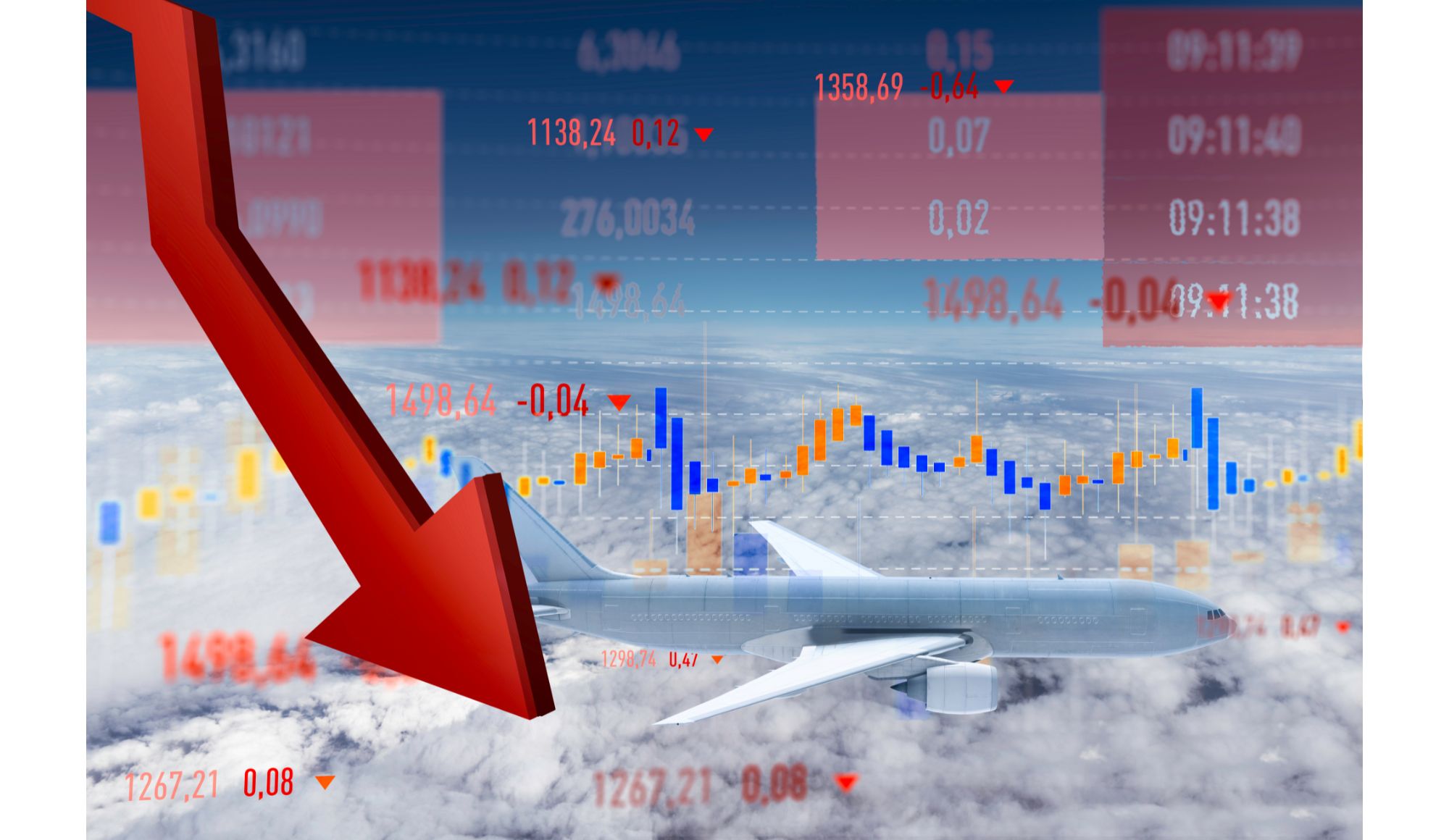Is United Airlines Set To Crash?
United Airlines has a strange pattern over the next month and a half. In 11 of the past 18 years it has a bizarre bearish pattern where it falls by on average almost 5% over that time frame.
What is it about this time of year when you might anticipate travel bookings are ramping up that this airline has a consistent history of falling by such a large amount?
Key Points
- Over the next 6 weeks, oil has a historically strong seasonal trend which inversely correlates with airlines, that tend to fall.
- Other factors at the moment such as inflationary pressures and higher interest rates dampen demand, hurting volumes on a year-over-year basis.
- So too can market share erosion and heightened marketing spend among rivals hurt demand.
Why Does United Airlines Fall?
The airline industry is notoriously sensitive to fluctuations in fuel prices, one of its largest expenses. Upticks in oil prices significantly dent profitability, leading to investor wariness. Historically at this time of year, oil tends to rise, and since it’s inversely correlated with airline profitability, it tends to cause airline stocks to suffer.
Given that airlines are economic bellwethers, signs of economic slowdown, which occur when oil prices rise, or recession generally prompt selloffs when investors anticipate reduced travel spending by both consumers and businesses.
With oil prices and commodities as a whole rising recently, it’s no surprise that United Airlines has already experienced somewhat of a pullback and may be on the cusp of further declines.
Higher oil prices also affect United Airlines’ quarterly financial reports and forward-looking statements play a crucial role in shaping investor expectations. Metrics such as passenger load factor, yield, and revenue per available seat mile (RASM) reveal operational inefficiencies and demand trends.
Another factor that can hurt United Airlines at this time of year is the increased marketing spend from rivals that impact United Airlines’ market share and pricing power. Innovations by competing airlines in fare structures, loyalty programs, or service offerings shift consumer preferences away from United.
More broadly with inflationary pressures rising, travel is often one of the first areas where consumers cut back so while overall volumes may rise relative to earlier in the year, comparisons over prior years are what analysts look to in order to gauge relative performance.
What to Watch?
- Operational Efficiency: Any signs of improving operational efficiency or resolving disruptions could signal a potential reversal of the bearish trend.
- Fuel Hedging Strategies: Details on United Airlines’ approach to managing fuel costs through hedging could mitigate concerns over fluctuating oil prices.
- Economic Indicators: Recovery signs in economic indicators that suggest increasing consumer confidence and spending would bode well for travel demand.
- Strategic Initiatives: Announcements related to expanding routes, improving service quality, or successful negotiations with labor unions should positively impact investor sentiment.



